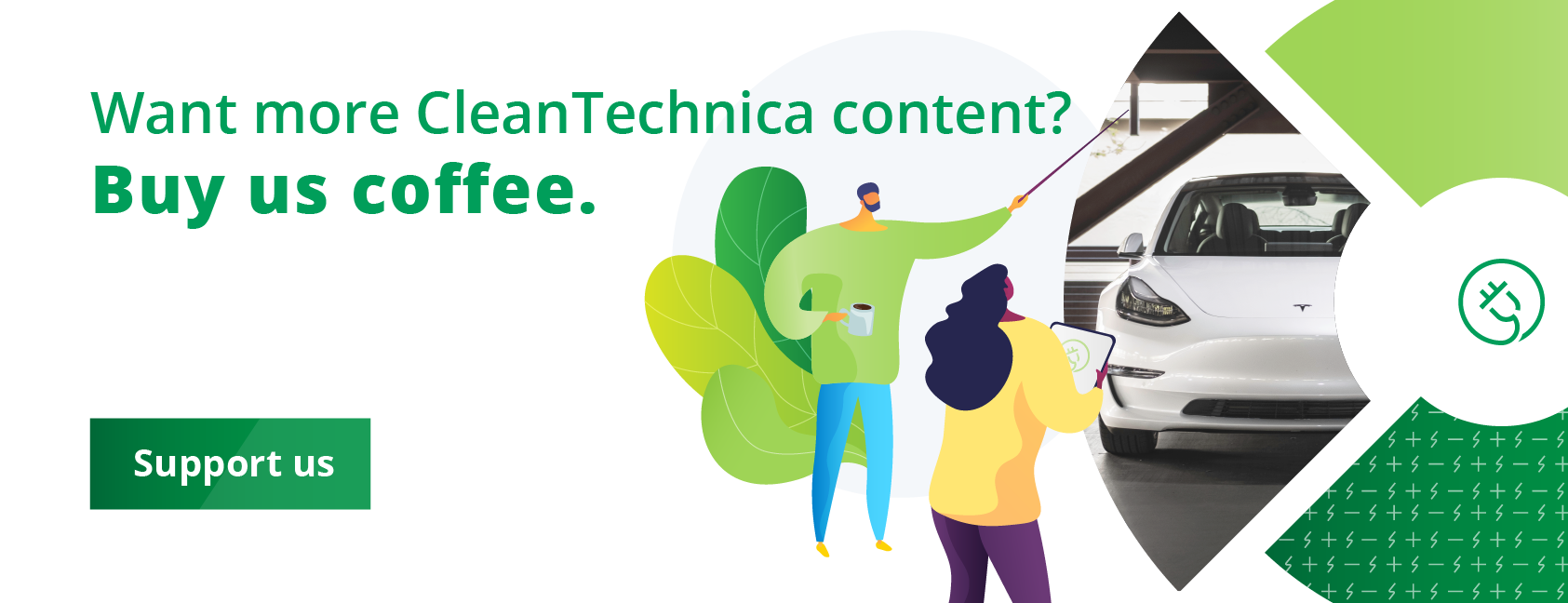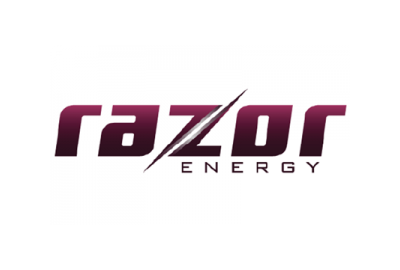
A recent press release by Volkswagen Canada tells us about a record-breaking trip across Canada in an ID.4 EV. In this article, I’m going to explore not just the new record, but the history of record-breaking trips across North America and what the future may hold.
Crossing Continents Wasn’t Always Easy
Historically, crossing North America was something people tried to avoid as much as possible. Until the 19th century, travelers faced the choice of a perilous trek across the country by horse and wagon, or even on foot, and many didn’t survive. The other option was a dangerous sea voyage around the tip of South America, which could be equally dangerous at times. A number of ships from the Gold Rush era only made the trip once, and couldn’t find a crew for a return voyage, leading to abandonment and even burial.
Express wagon routes like the Butterfield Trail were a little better, as companies arranged with ranchers and small towns to prepare needed feed, water, and horses. Later, railroads were built at great cost to cross the continent, taking most of the danger and discomfort from the journey.
Crossing North America using an early car was almost impossible. Early electric cars from the turn of the 20th century didn’t have the range and electrical infrastructure didn’t exist at all outside of cities and larger towns. Long trips with combustion engines were also perilous, with fuel only available at certain drug stores and roads in very poor condition.
To encourage more travel and encourage business to come to areas, “auto trails” were established. Auto trails were a significant part of transportation history in the early 20th century. Before the development of the modern interstate highway system, auto trails served as a network of marked routes for automobile travel across the United States. These trails played a crucial role in the popularization and expansion of automobile travel.
Auto trails were typically marked by painted signs or distinctive symbols along the roadside, guiding travelers from one destination to another. The routes often followed existing roads, but improvements were made to enhance their suitability for automobile travel.
One of the most famous auto trails was the Lincoln Highway, established in 1913 as the first transcontinental highway stretching from New York City to San Francisco. This trail played a pivotal role in promoting cross-country travel by automobile, connecting various towns and cities along its route. Another notable auto trail was the Dixie Highway, which connected the Midwest to the Southeast, covering over 6,000 miles. The Dixie Highway helped facilitate economic growth and tourism in the regions it passed through.
But, these trails were still pretty sketchy. Auto trails faced challenges, including inconsistent road conditions, lack of standardized signage, and limited funding for maintenance. It was said that anybody with enough spare time and enough paint could create an auto trail, but the quality of the roads, availability of automotive parts, and even availability of fuel was never guaranteed.
The poor condition of roads in the era inspired Dwight D. Eisenhower by highlighting the need for a more efficient and reliable transportation system. During his military career, Eisenhower witnessed firsthand the challenges of moving troops and supplies on inadequate road networks.
In 1919, Eisenhower participated in a transcontinental convoy that traveled from Washington, D.C., to San Francisco. The journey exposed the convoy to terrible road conditions, including mud, potholes, and other obstacles. This experience made Eisenhower realize the urgent need for improved roads and infrastructure in the United States. Eisenhower’s observations during this road trip left a lasting impression on him. He understood that the nation’s economic development, national defense, and quality of life depended on a well-connected and well-maintained road network.
Furthermore, Eisenhower recognized the potential of the German Autobahn, which he encountered during World War II. The Autobahn demonstrated the benefits of a high-speed, limited-access highway system.
These experiences and insights led Eisenhower to advocate for the creation of a comprehensive interstate highway system in the United States. As president, he championed the Federal-Aid Highway Act of 1956, which authorized the construction of the Interstate Highway System. This system aimed to improve mobility, connect cities, and enhance national defense capabilities.
Easy Travel Laid The Groundwork For New Challenges
The relative ease of crossing the continent didn’t mean adventurers couldn’t find new challenges. Instead of fighting with the terrain and lack of infrastructure, the new challenge was overcoming the law.
The Cannonball Run was an unofficial and unsanctioned automobile race that took place several times in the 1970s. It involved a high-speed cross-country race from New York City to Los Angeles, covering thousands of miles. The race was initially started by Erwin George Baker, also known as Cannon Ball Baker, who set records for coast-to-coast travel in the United States. However, the most well-known version of the Cannonball Run was organized by journalist Brock Yates.
The first official Cannonball Run occurred on November 17, 1971, with Dan Gurney and Brock Yates co-driving a Ferrari Daytona coupe. They completed the race in a record-breaking time of 35 hours and 54 minutes. Subsequent races led to faster and faster times, and they gained notoriety for the illegal and dangerous nature of the race, as participants disregarded speed limits and traffic laws to complete the race in the fastest possible time. The event inspired a series of movies, including “The Cannonball Run” (1981) and “Cannonball Run II” (1984).
As enforcement technology improved, people quit trying to set new records, and the last one stood from 1979 until years into the 21st century. In 2006, Alex Roy achieved recognition when he broke the Cannonball Run record, completing the cross-country journey from New York City to Los Angeles in just under 32 hours and 7 minutes. He drove a modified BMW E39 M5 outfitted with an array of radios, radar and laser jammers, and optics to defeat enforcement efforts.
As of today, the best known time from New York to Los Angeles was set during the pandemic, with low traffic conditions and a lack of law enforcement presence making for a record that will be hard to beat under normal conditions. I’m sure people are still out there trying to figure out ways to set a new record, but we might be in for another long period without new records.
Electric Vehicles Present A New Frontier To Conquer
Interest in driving EVs across the country didn’t die with the end of early EVs in the 1920s. In 1968, the Great Transcontinental Electric Car Race took place between student groups at Caltech and MIT. The Caltech team, led by EV pioneer Wally Rippel, converted a 1958 VW Microbus powered by lead cobalt batteries. The MIT team converted a 1968 Chevrolet Corvair powered by NiCad batteries. The race spanned from Cambridge, Massachusetts, to Pasadena, California, with a network of 54 charging locations set up along the 3,311-mile route. The race began on August 26, 1968, and ended on September 4. After penalty assessment, Caltech was declared the winner with a corrected time of 210 hours 3 minutes.
Once EV technology started to improve in the 2010s, new records were set.
In January 2014, Tesla Motors achieved a significant milestone by completing the first coast-to-coast corridor in its supercharging network for the Model S. A team from Tesla Motors covered a distance of 3,427 miles from Los Angeles to New York City in a total of 76 hours and 5 minutes. This time includes 60 hours and 8 minutes of driving, as well as 15 hours and 57 minutes of charging. Additionally, in July 2014, a team from Edmunds completed a slightly shorter route of 3,331.9 miles in 67 hours and 21 minutes.
Since then, both EV charging speeds and infrastructure have improved dramatically. Even Alex Roy, the long-time gasoline Cannonball record holder, participated in a number of runs. Times fell below 50 hours with the faster-charging Tesla Model 3, and dropped below 45 hours in a Porsche Taycan, using even faster Electrify America chargers (before many of them started going to crap). As of this writing, the time is almost down to 42 hours, set in a Tesla Model S.
Speed Isn’t The Only Challenge
While speed crossing the continent can tell us a lot about the maturity of EV technology, speed is just one way to measure the performance of a vehicle and the infrastructure it relies on. Efficiency, comfort, and utility can tell us a lot more about the performance of EVs. A new Guinness World Record for a drive across Canada with the fewest charging stops shows us that adventurers have a number of other records they can set.
On August 16, Rainer Zietlow, an adventure driver, celebrated his recent Guinness World Record for crossing Canada with the fewest charges of an electric vehicle. The event took place at Volkswagen Canada Headquarters, where Zietlow and his cameraman, Elric Popp, were joined by Volkswagen employees. Starting on July 25, 2023, in St. John’s, NL, they embarked on their journey in a Volkswagen ID.4 EV. Over the course of seven days, they covered a distance of 7,133 km (about 4432 miles), making only 18 charging stops along the way. The expedition concluded on August 1 in Victoria, B.C.
Rainer is embarking on another cross-country journey, this time in the opposite direction of his Guinness World Record trek. His purpose is to visit all 145 Volkswagen Canada dealers along the way and share the exciting details of his trip. As part of his journey, he also celebrated with employees at Volkswagen headquarters in Ajax.
“The Volkswagen family is thrilled to celebrate Rainer’s new Guinness World Record,” said Pierre Boutin, President and CEO of Volkswagen Canada. “Our ID.4 SUV proved to be the ideal companion for this adventure, providing the comfort, space and range necessary to tackle the thousands of kilometres separating the country’s east and west coast. We are excited that availability of the ID.4 model continues to expand so more Canadians can undertake their own electric adventures around the country.”
So, it’s pretty clear that there are a lot of different records to be set out there, both in terms of routes, charging stops, and what you visit along the way. There’s a lot of room for adventurers to get their names out there.

What We Might See In The Coming Years
EV technology has come a long way, and will continue to improve, so we’ll definitely see faster coast-to-coast EV runs, including the Cannonball from the Red Ball Garage in New York. Longer range, faster charging, and many other things will make these records possible, perhaps even to the point where EVs beat gas records.
As I’ve written about before, vehicles that push the limits of efficiency, like those Aptera is planning to make, could be a way to eke out some better times by limiting the need for charging. Other approaches, like the solid-state batteries Toyota keeps promising, could even lead to beating gas-powered times with even better range and faster charging than gas fill-ups (if they ever actually deliver on these promises).
But, as VW Canada shows us, speed across a specific route isn’t the only record out there to be had. Things like taking an EV to every national park, going coast to coast only on free charging, fastest speeds using only Level 2 charging, fastest speed across the country only on solar power, and drives avoiding interstate highways are all possible records to be run. It’s really only a question of what people have the patience for and what would turn into views on social media.
Whatever records adventurers choose to aim for, they’re almost all going to be good ways to show that EVs are getting better and better. If they can do something like visit a record number of fishing spots in a week, drive road trips for practically free, and otherwise do useful or fun things, they’ll better prove their worth to the public.
So, if you’ve got an EV and some free time, see what kind of fun challenges you can come up with and share on social media. You might not be changing the whole world with a new technology, but you could prove to a few people that an EV is good enough for their daily lives and occasional road trips. If nothing else, you could just have some fun and land yourself in the record book.
Be sure to share some ideas of what EV records you might tackle in the comments and on social media!
I don’t like paywalls. You don’t like paywalls. Who likes paywalls? Here at CleanTechnica, we implemented a limited paywall for a while, but it always felt wrong — and it was always tough to decide what we should put behind there. In theory, your most exclusive and best content goes behind a paywall. But then fewer people read it! We just don’t like paywalls, and so we’ve decided to ditch ours. Unfortunately, the media business is still a tough, cut-throat business with tiny margins. It’s a never-ending Olympic challenge to stay above water or even perhaps — gasp — grow. So …




